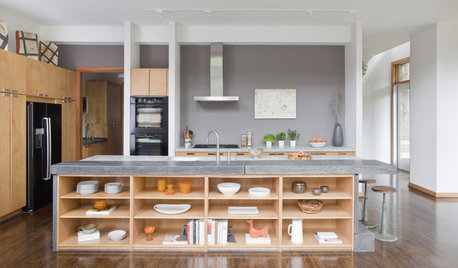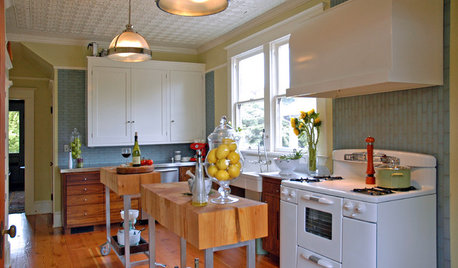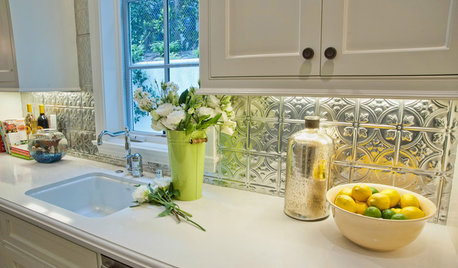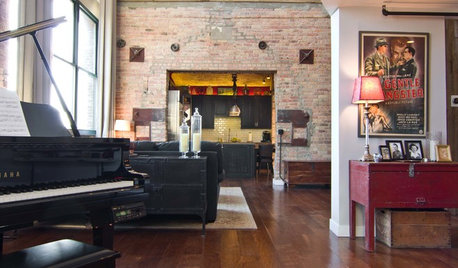Need feedback re Wolf hood sizes and 2 cfm motors
mdrei
10 years ago
Related Stories

KITCHEN DESIGNWhat to Know When Choosing a Range Hood
Find out the types of kitchen range hoods available and the options for customized units
Full Story
KITCHEN DESIGNHow to Choose the Right Hood Fan for Your Kitchen
Keep your kitchen clean and your home's air fresh by understanding all the options for ventilating via a hood fan
Full Story
KITCHEN APPLIANCESThe Many Ways to Get Creative With Kitchen Hoods
Distinctive hood designs — in reclaimed barn wood, zinc, copper and more — are transforming the look of kitchens
Full Story
KITCHEN APPLIANCESWhat to Consider When Adding a Range Hood
Get to know the types, styles and why you may want to skip a hood altogether
Full Story
KITCHEN DESIGNA Cook’s 6 Tips for Buying Kitchen Appliances
An avid home chef answers tricky questions about choosing the right oven, stovetop, vent hood and more
Full Story
KITCHEN DESIGNHow to Design a Kitchen Island
Size, seating height, all those appliance and storage options ... here's how to clear up the kitchen island confusion
Full Story
VINTAGE STYLEKitchen of the Week: Preservation Instincts Create Vintage Modern Style
Original features in this 1908 kitchen join new custom accents for a look that bridges the years
Full Story
KITCHEN APPLIANCESLove to Cook? You Need a Fan. Find the Right Kind for You
Don't send budget dollars up in smoke when you need new kitchen ventilation. Here are 9 top types to consider
Full Story
KITCHEN BACKSPLASHESTin's a Win for Kitchen Backsplashes
Durable tin has come down from the ceiling and out of Victorian times to decorate backsplashes today
Full Story
HOUZZ TOURSHouzz Tour: A Modern Loft Rises in a Onetime Bakery
Industrial style gets a rustic, personal edge in a historic Chicago building, thanks to lots of wood and meaningful collections
Full Story







julieste
kaseki
Related Professionals
Barrington Hills Kitchen & Bathroom Designers · Southbridge Kitchen & Bathroom Designers · Grain Valley Kitchen & Bathroom Remodelers · Normal Kitchen & Bathroom Remodelers · Shamong Kitchen & Bathroom Remodelers · Albuquerque Kitchen & Bathroom Remodelers · Jacksonville Kitchen & Bathroom Remodelers · Overland Park Kitchen & Bathroom Remodelers · Rancho Palos Verdes Kitchen & Bathroom Remodelers · Skokie Kitchen & Bathroom Remodelers · Spokane Kitchen & Bathroom Remodelers · Casas Adobes Cabinets & Cabinetry · Manville Cabinets & Cabinetry · South Riding Cabinets & Cabinetry · West Freehold Cabinets & CabinetrymdreiOriginal Author